To be fair, there are only so many things that teachers can teach during a school year, so unless you have a degree in history, there is a lot of stuff you’ll never hear about unless you come across it by chance.
Even if you do decide to dedicate yourself to the study of history, your focus will likely be relatively narrow, so there will be a lot of things outside your purview. Plus, it’s easy to assume you’ll know everything about American history from your teachers. After all, they are looking out for your best interests and want you to be as informed as possible.
However, not every important bit of this country’s history makes it into school lesson plans, no matter how well-intentioned a teacher is.
Let’s see some of the most important American history facts you never learned in school!
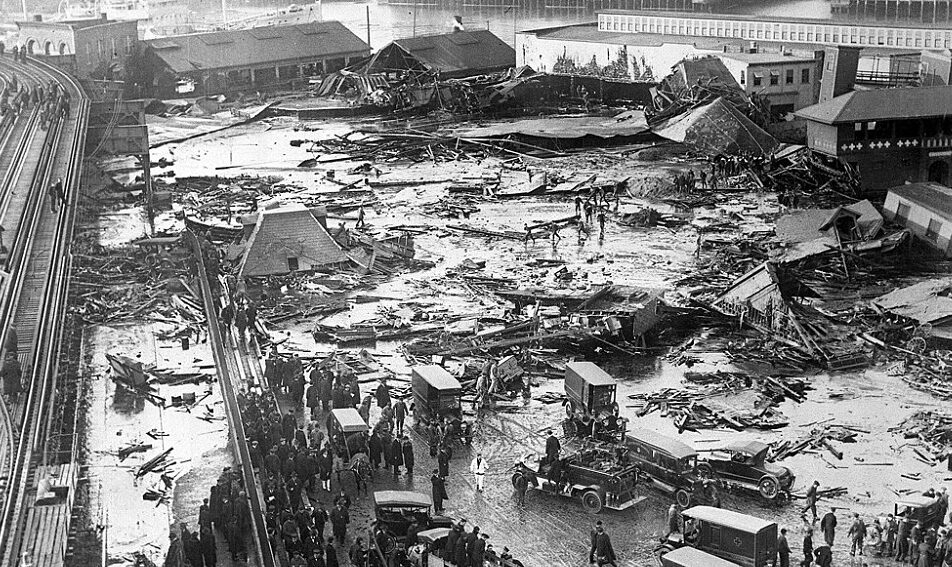
1. There Was a Great Molasses Flood in 1919
The Great Molasses Flood — which took place in Boston — was quite a sticky situation with deadly consequences. According to historians, the molasses came from the United States Industrial Alcohol Company, where it was used in ammunition manufacturing and to make liquor. Following World War 1, the company decided to keep the molasses in a tank.
It seems that one of the employees informed his superiors that the tank wasn’t structurally sound and had been leaking. However, they did nothing to fix it, and that would turn into one of the biggest mistakes in American history.
On Jan. 15, 1919, the tank burst and unleashed nearly 2.3 million gallons of molasses into Boston’s streets. According to the Boston Globe, the wall of molasses reportedly caused buildings to melt as if they were made of pasteboard. Overall, 150 people were injured and 21 died.
2. Women Couldn’t Get a Credit Card Until 1974
Forty years ago, if you were a woman and you wanted to submit a credit application, you’d be asked several questions such as “Are you married?” or “Do you plan to have kids?”
Many banks required divorced, single, or widowed women to bring a man along with them to sign jointly for a credit card. But that’s not all; some financial institutions even discounted the wages of women by up to 50% when calculating their credit card limit.
As women and minorities fought for equal civil rights, the credit card issue became the focus of many hearings in which women highlighted the discrimination they faced. As a result, the Senate passed legislation making this type of discrimination illegal in 1974.
3. The US Government Purposefully Poisoned Alcohol To Deter People From Drinking
Here’s another American history fact you don’t hear about much. During Prohibition in the US, the government ordered industrial alcohol manufacturers to denature their products with chemicals like chloroform, iodine, and kerosene, which not only made the alcohol undrinkable because of a bad taste but also made it lethal.
In 1927, the Treasury Department also ordered manufacturers to add extra methyl alcohol to their products so that it made up 10% of the total products. According to some estimates, when Prohibition ended in 1933, the government was responsible for the deaths of about 10,000 people due to its alcohol poisoning program. There’s no wonder why American history books don’t mention this awful moment…
4. The Role of African Americans in the Revolutionary War
There are lots of stories in history books describing the efforts of white patriots during the American Revolution, but what do we know about the black soldiers? According to historians, by the end of the American War of Independence, between 5,000 and 8,000 enslaved and free black men had served in some capacity.
Unfortunately, most of them believed their efforts might lead to a democratic revolution that would offer them freedom. It seems that eventually every state above the Potomac River aggressively recruited slaves for military service, usually in exchange for their freedom.
For instance, the Black Battalion of Rhode Island was an African American troop present at the Battle of Yorktown. According to several sources, its soldiers had “the best underarms, were the most precise in their maneuvers, and were the most neatly dressed.”
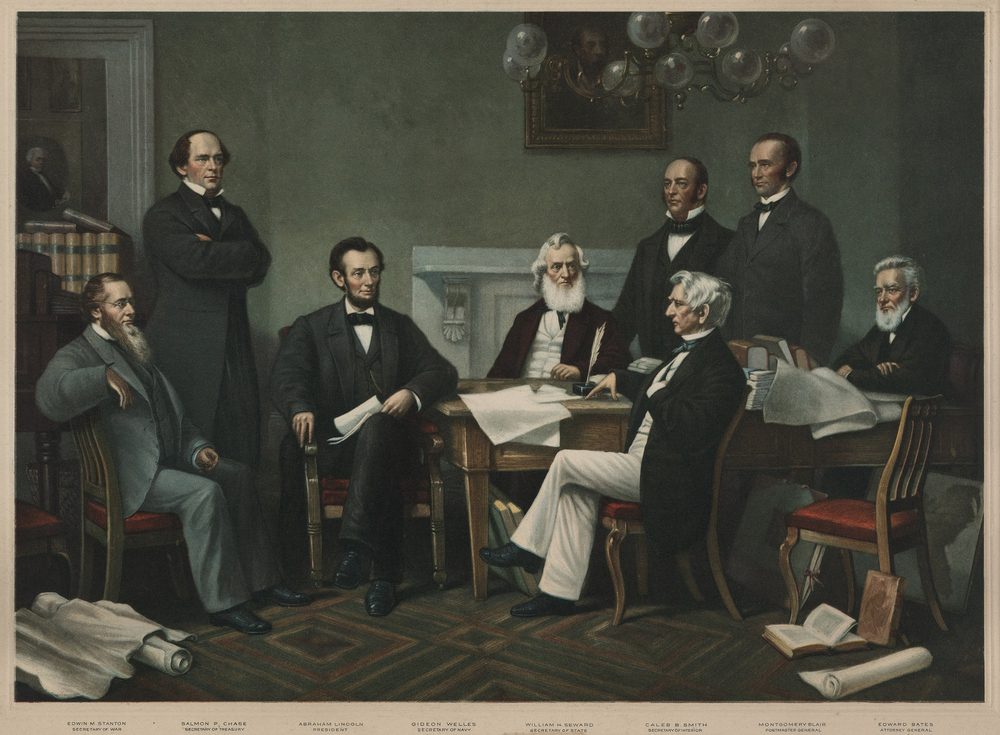
5. The Emancipation Proclamation Didn’t Actually Free All Enslaved People
Abraham Lincoln didn’t write the Emancipation Proclamation with the intention of abolishing slavery. According to history experts, the proclamation freed slaves in certain parts of the South, and it was actually meant to be a part of Lincoln’s military strategy.
It abolished slavery in the South, but it allowed Confederate states under Union control as well as border states like Missouri, Maryland, Delaware, and Kentucky to keep using enslaved people. The Confederacy and Union had been at war for about two years when former President Lincoln issued the proclamation, so it was written to boost support for the Union’s cause.
Slavery wasn’t entirely abolished until 1865, when the 13th Amendment was added to the US Constitution.
Keep reading to discover other American history facts!
6. The Woman Spy Who Helped America Win World War II
There were several American spies who risked their lives during World War II, but none of them shone brighter than Virginia Hall. Unfortunately, history books don’t mention her. According to Janelle Neises, the deputy director of the CIA Museum in Virginia, by the end of the war, Hall was the only civilian woman to be decorated with the Distinguished Service Cross.
Posing as a correspondent for the New York Post, she managed to obtain an impressive amount of secret information for American troops while stationed in Nazi-occupied France.
For years, Hall kept one step ahead of Germany’s secret police, employing a roster of tricks and disguises. At the peak of her spy career, she had over 1,500 contacts on the enemy side, making her one of the most valuable assets to the American troops throughout WWII.
However, we doubt that most Americans who graduated high school are familiar with her name.
7. Puerto Rican Women Were Used To Test the Birth Control Pill
American history has its bad moments, and this is definitely one of them. In order to get FTA approval and make their oral contraceptive available on the market in the 1950s, John Rock and Gregory Pincus needed to undertake a large-scale human study.
Instead of going through the proper channels, they chose to take a shortcut. According to PBS, the two men traveled to Puerto Rico and solicited uneducated, poor women to take part in their trial.
Though the pill was reportedly 100% effective, there were numerous side effects like nausea and bloating, which Rock and Pincus believed were minor compared to the benefits. Unfortunately, three women lost their lives during the trial.
The oral contraceptive has had a remarkable impact on modern societies, but its history also has a dark side that not many people know of.
8. The Port Chicago Disaster
On July 17, 1944, an explosion at Port Chicago, California, killed more than 300 people, making it the deadliest homefront catastrophe of World War II. Chances are you didn’t read about it in history books.
By the summer of 1944, the expansion of the Port of Chicago allowed for the simultaneous loading of two ships 24 hours a day. The Navy units assigned to the risky loading operations were mostly African Americans, most of whom hadn’t been trained in handling munitions. Plus, safety protocols were ignored in the rush to keep up with hectic loading schedules.
Following the tragedy, around 250 servicemen refused to load bullets, shells, and even bombs at the dock because of the dangerous working conditions. At least 50 of the protesters were charged with mutiny and eventually sentenced to between 8 and 15 years in prison.
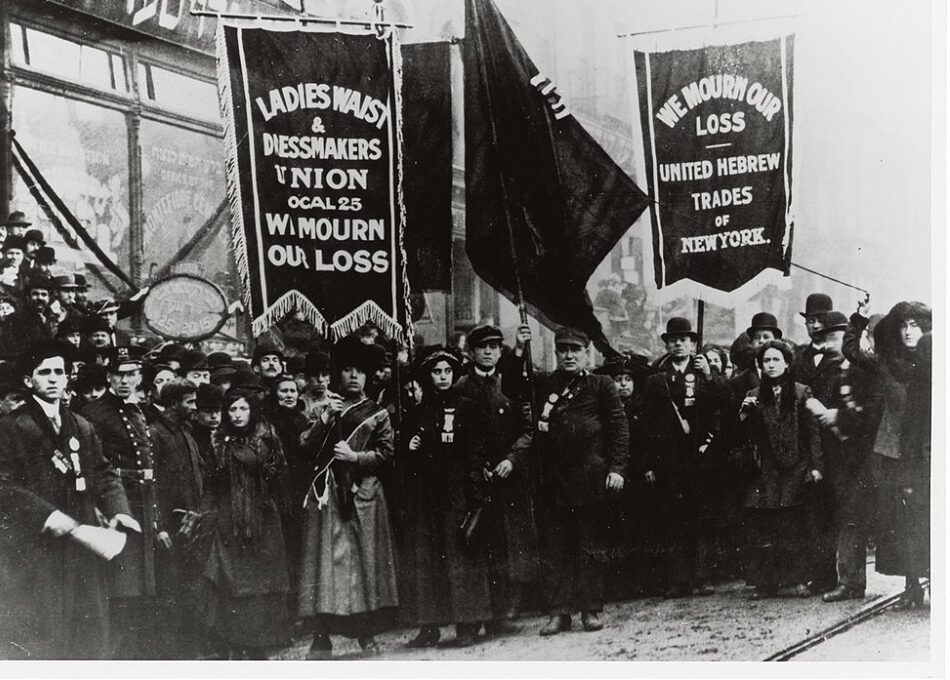
9. The Triangle Shirtwaist Factory Fire
Before the Triangle Shirtwaist Factory fire in New York City back in 1911, America didn’t have any regulations targeting sweatshop workers. At the time of the fire, the factory in question occupied the eighth, ninth, and tenth floors of a Greenwich Village building.
There, the workers made “shirtwaists”, which are now known as women’s blouses. Shortly after a fire broke out on the eighth floor, the unsafe and cramped working conditions in the factory caused the flames to spread, eventually killing 146 people (mostly young women).
The tragedy made a lot of people protest around the city, and ultimately the International Ladies’ Garment Workers’ Union formed and continued to fight for safe working conditions.
10. The Carolina Gold Rush of 1799
The Gold Rush may have begun in 1848, but the mass hysteria was actually triggered by a 1799 discovery made by a young boy named Conrad Reed: he found a 17-pound golden nugget.
Ironically, as Reed’s family was unaware of the gold value, they have been using the nugget as a doorstop for several years. At some point, they sold it to a jeweler for a mere $3.50. According to historians, it was the first documented gold found in America.
Gold mining was the state’s second most successful industry (agriculture ranked first) during the first half of the 1800s.
You may also want to read 8 History Questions Americans Often Get Wrong.



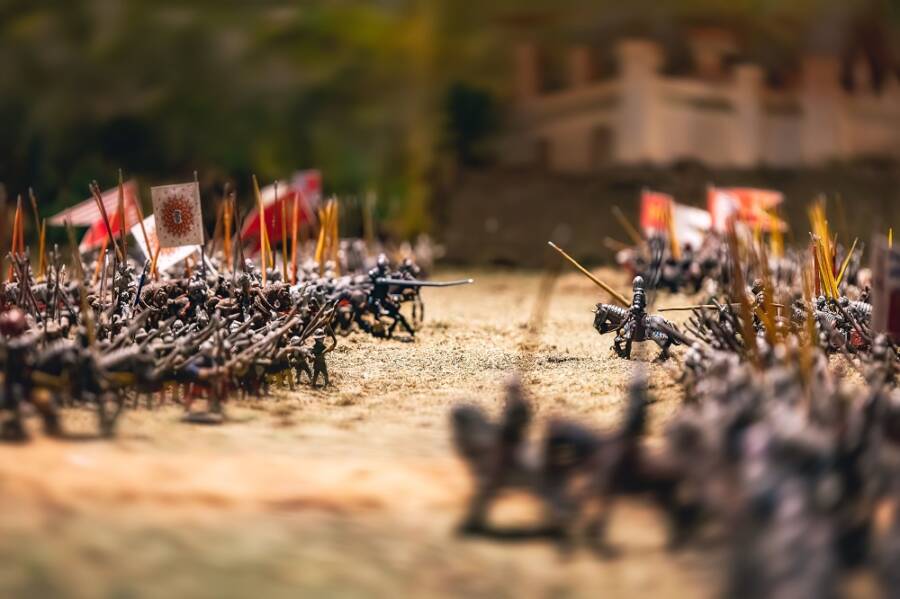
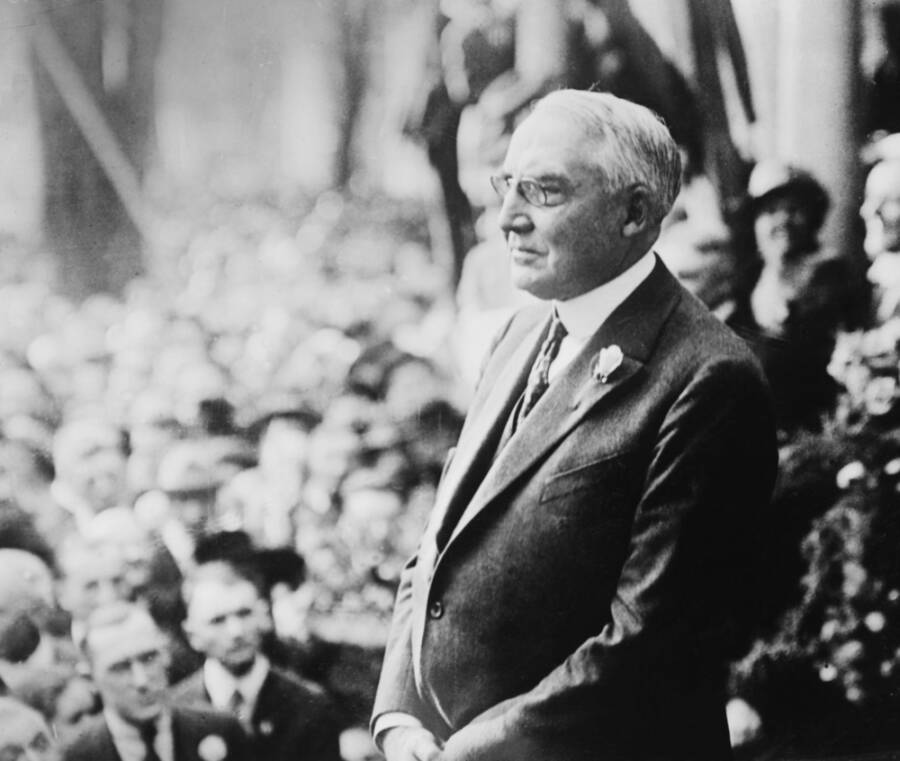

One Response
GOOD INFORATION